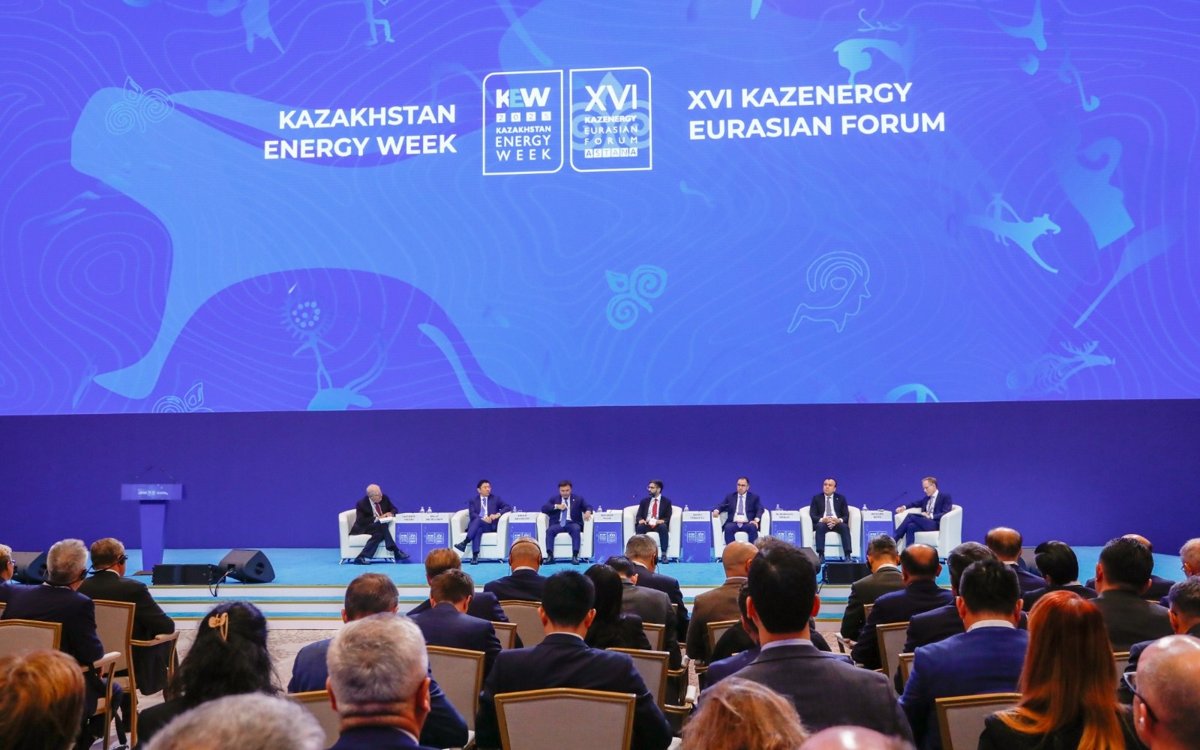Contents
Thailand’s Tourist Trap: The High-Stakes Pivot Beyond China
So, Thailand’s got a problem. It’s the kind of problem a lot of countries would love to have, until they actually have it. Picture this: you’ve built an entire economic engine on the back of one incredibly powerful, seemingly endless stream of visitors. Then, one day, the tap starts to sputter. The flow isn’t what it used to be. That’s exactly where Thailand finds itself, staring down a slump in tourists from its biggest market, China.
For decades, the sheer volume of Chinese travelers was a tidal wave lifting all boats. Now, the kingdom is making a calculated, and frankly necessary, bet. The new strategy is a decisive pivot away from pure volume and toward attracting fewer, but far wealthier, travelers. This isn’t just a minor course correction; it’s a fundamental rewrite of Thailand’s tourism playbook for the 21st century.
The Golden Goose Has a Cough
Let’s rewind a bit. Before the pandemic, Thailand was the undisputed champion of Asian tourism. In 2019, a record-breaking 39.9 million international visitors flooded its beaches, temples, and bustling streets. Of that massive number, a staggering 11 million were from China. They weren’t just coming in big groups; they were spending, making them the single most important demographic for hotels, tour operators, and street food vendors alike.
The post-pandemic reality has been a brutal wake-up call. Initial forecasts for 2024 were rosy, predicting a full return to those 2019 glory days. But the Chinese comeback has been… underwhelming. We’re talking about a projected 30% shortfall from those pre-pandemic highs. So, what’s going on?
Well, it’s a perfect storm of economic headwinds. China’s own slowing domestic economy is the primary anchor dragging on outbound travel. When people are worried about their jobs, property values, and the general economic climate, a trip to Phuket starts to look like a luxury, not a necessity. Disposable income is being funneled into necessities, not vacations.
On top of that, the logistical and financial hurdles haven’t helped. Flight capacity between the two countries is still not back to what it was, which keeps airfares annoyingly high. And let’s be honest, the tragic stories that occasionally pop up in the news—from boat safety to tourist scams—have a lingering effect on the perception of Thailand as a safe and easy destination for Chinese families.
The kingdom built a highway for mass tourism, and right now, there’s a traffic jam at its most important on-ramp.
The New Guard Arrives
Thailand’s tourism authorities aren’t just sitting around waiting for the Chinese economy to fix itself. That would be a terrible business plan. Instead, they’ve looked at the numbers and seen a fascinating, and potentially more lucrative, trend emerging.
While the volume from China has dipped, other markets are not just recovering; they’re exploding. We’re seeing a massive surge in visitors from other parts of Asia and the Middle East, and these folks have a different approach to their holidays. They’re not just looking for the cheapest package tour. They’re looking for an experience, and they’re willing to pay for it.
Take India, for example. Indian travelers are arriving in droves, and they’re quickly becoming the new darlings of the Thai tourism scene. The numbers are impressive, but the spending is what really turns heads. The average Indian tourist tends to spend more per trip than their Chinese counterpart. They’re often traveling as families, booking nicer hotels, and splurging on shopping and fine dining. It’s a marketer’s dream.
Then there’s the Middle East, particularly Saudi Arabia. Since the two countries patched up their diplomatic relations a couple of years ago, it’s been like opening a VIP lounge. The influx of Saudi tourists represents the holy grail of this new strategy: the high-net-worth individual. We’re talking about travelers who book luxury villas, charter private boats, and think nothing of dropping serious money on high-end retail therapy. For a resort in Koh Samui, one Saudi family on a two-week holiday can be worth an entire busload of budget travelers.
And let’s not forget the long-haul markets that have always been reliable. Europe, the UK, and the US are back in force. These travelers typically have longer vacations and higher daily budgets. They’re the backbone of the “quality over quantity” model.
The “High-Spender” Makeover
Shifting an entire country’s tourism DNA from mass-market to premium isn’t as simple as raising prices and hoping for the best. It requires a complete overhaul of the product, the marketing, and the very experience on the ground. Thailand is now in the middle of this ambitious makeover.
First, the government is putting its money where its mouth is. The push for visa-free travel for more nationalities is a direct and clever tactic to lure these desirable tourists. They’ve already waived requirements for travelers from China, India, Taiwan, and Kazakhstan. Removing that initial barrier of a tedious visa application process is like rolling out a giant welcome mat. It’s a signal that says, “We want you here, and we’ve made it easy.”
But you can’t just invite wealthy guests over and then offer them a subpar experience. The private sector is scrambling to upgrade. This means a move away from the crowded, one-size-fits-all tour buses. The new buzzwords are “experiential” and “sustainable.”
Imagine a shift from crowded group tours of the Grand Palace to private, after-hours viewings. Instead of a packed long-tail boat tour of Phi Phi Islands, the new ideal is a chartered yacht for a single family to find a secluded cove. The focus is pivoting hard toward niche tourism: wellness retreats, gourmet food tours, high-end golfing holidays, and specialized medical tourism.
This is where the real money is. A couple spending a week at a luxury wellness resort in Chiang Mai, with daily massages, organic meals, and yoga classes, will outspend twenty backpackers staying in hostels. It’s simple economics, and it’s a lot easier on the local infrastructure and environment.
Hotels are retooling their offerings. Tour operators are creating bespoke itineraries. Restaurants are highlighting Michelin-starred dining alongside authentic local cuisine. The entire ecosystem is being recalibrated to target a visitor whose wallet is as open as their mind.
The Rocky Road to a Five-Star Future
Of course, this grand plan isn’t without its pitfalls. Trying to fundamentally change a multi-billion dollar industry that’s been decades in the making is like trying to turn a cruise ship around in a narrow river. It’s possible, but it’s going to be slow, difficult, and you might bump into a few things along the way.
The most immediate risk is alienating the budget travelers who have been the bedrock of Thai tourism for half a century. The backpacker scene in Khao San Road, the budget airlines flying into Bangkok, the affordable guesthouses on every island—they all form a massive part of the economy. If the national narrative becomes exclusively about luxury, there’s a real danger of killing the goose that laid the golden egg, even if it’s a slightly less golden one these days.
There’s also the challenge of infrastructure. Sure, a billionaire sheik might want to charter a superyacht, but does Thailand have enough marinas and services to cater to a sudden surge in that demand? The airports in popular tourist destinations are already stretched thin during peak season. Handling a different kind of tourist doesn’t necessarily solve the problem of sheer numbers if the overall volume remains high.
And let’s talk about the elephant in the room, or perhaps the dragon. An entire economy has been built to serve the Chinese market. From Mandarin-speaking tour guides to restaurants with Chinese menus and shops that accept Alipay. Thousands of jobs and businesses are directly tied to that specific demand. A strategic pivot, while necessary, leaves these people in a precarious position. Retraining and adapting an entire workforce doesn’t happen overnight.
Finally, there’s the global competition. Thailand isn’t the only country that has noticed the trend toward high-value tourism. Vietnam, Malaysia, Bali, and the Maldives are all fiercely competing for the same affluent travelers. Thailand may have a head start in terms of brand recognition, but it’s no longer the only premium game in Southeast Asia.
A Necessary Gambit for a New Era
So, is Thailand’s high-stakes bet a smart one? All signs point to yes. Relying on the fickle and volatile Chinese mass market was always a risky long-term strategy. The pandemic and subsequent economic shifts just exposed that vulnerability sooner rather than later.
This pivot is less about abandoning China and more about building a more resilient, diversified tourism portfolio. It’s the economic equivalent of not putting all your eggs in one basket. By actively courting high-spending markets like India, the Middle East, and long-haul Western travelers, Thailand is future-proofing its most important industry.
The path won’t be smooth. There will be growing pains, and the government will have to walk a tightrope, ensuring it doesn’t sacrifice its vibrant, diverse tourist culture at the altar of luxury. But the direction is clear.
The days of chasing tourist numbers for the sake of a headline are over. Thailand has decided it would rather host one sheik on a private island than ten busloads of budget tourists. It’s a bet on value over volume, on experience over itinerary, and on building a sustainable economic model that can withstand global shocks. The kingdom isn’t just waiting for tourists to return; it’s actively choosing the ones it wants. And for the first time in a long time, it’s choosing quality.





